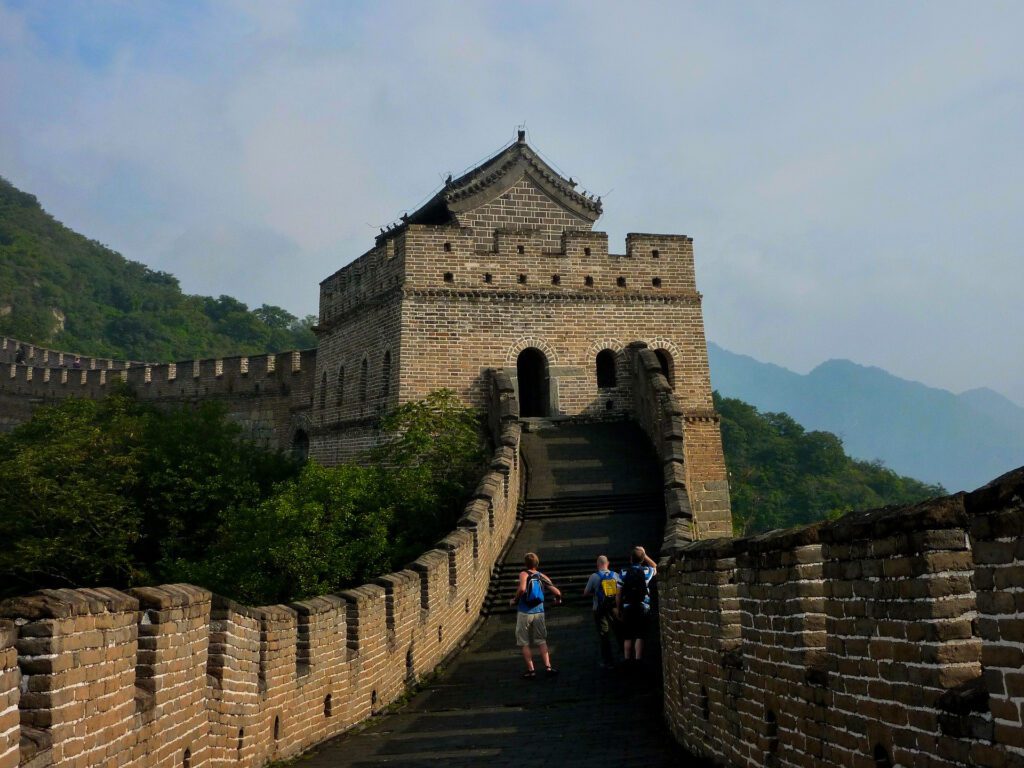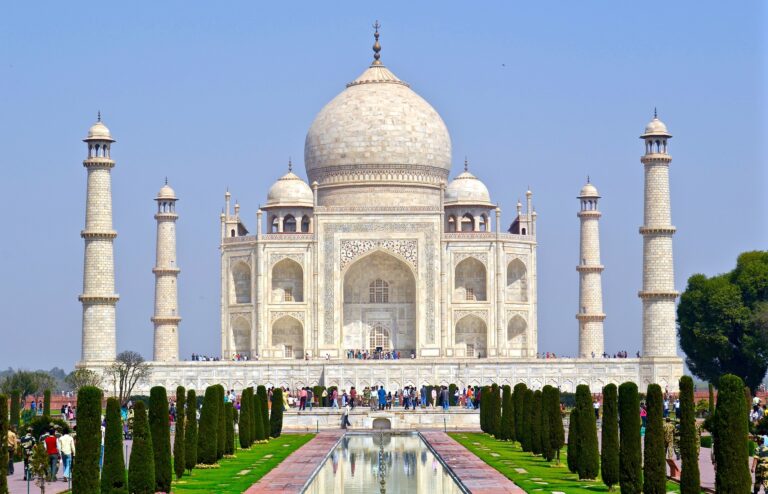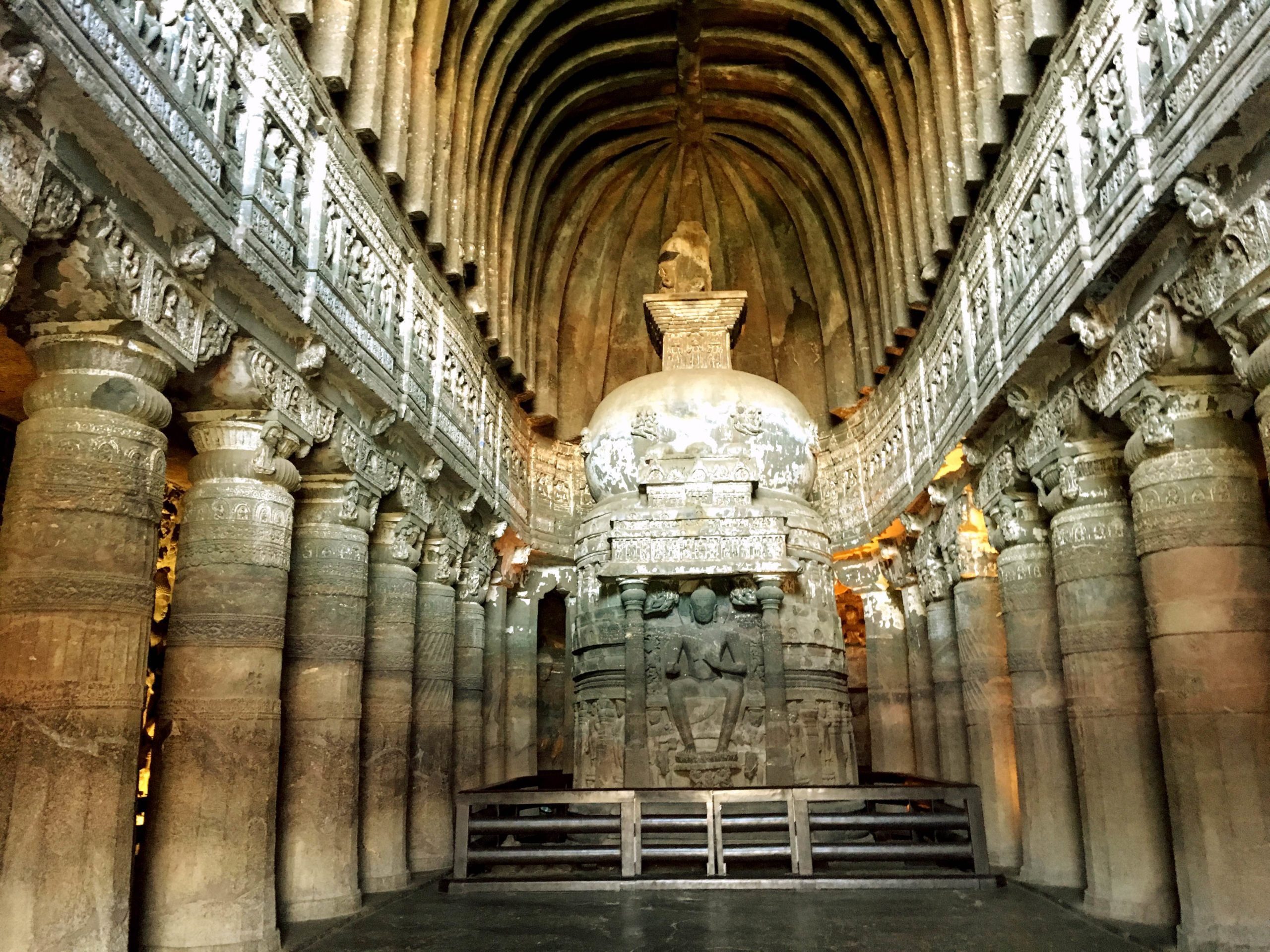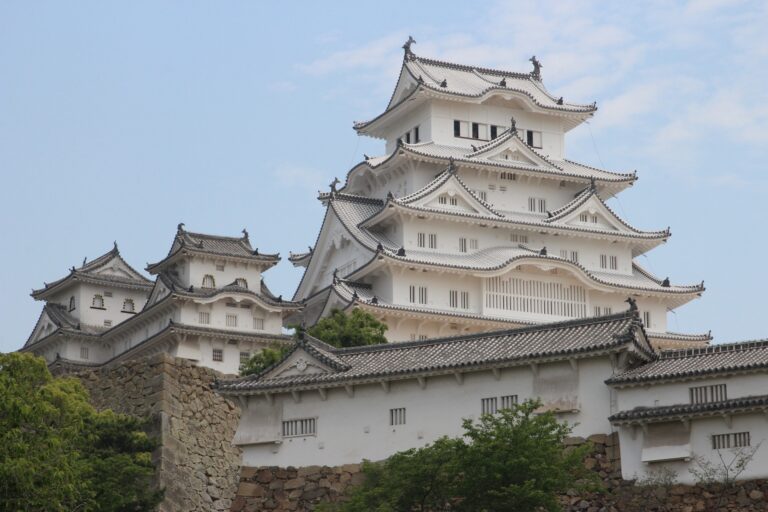The Great Wall of China stands as a remarkable testament to the military, historical, and architectural achievements of successive Chinese empires. It was a colossal defense project spanning over 20,000 kilometers, with construction spanning from the 3rd century BC to the 17th century AD.
Facts about the Great Wall of China History
This iconic structure commences at Shanhaiguan in Hebei province, extending to Jiayuguan in Gansu province in the west. Comprising walls, horse tracks, watchtowers, and sheltered sections, it also features fortresses and passes along its length.
Originally, in around 220 B.C., under the rule of Qin Shi Huang, earlier fortifications were connected to establish a unified defense system against northern invasions.
This formidable project persisted through various dynasties, ultimately reaching its zenith during the Ming dynasty (1368–1644) and becoming the world’s most extensive military structure. Beyond its historical and strategic importance, the Great Wall of China boasts incredible architectural significance.
The Great Wall of China History
The Great Wall of China, often referred to as the “ten thousand li long wall,” represents a network of fortifications that were erected along the historic northern borders of ancient Chinese states and Imperial China, serving as a shield against nomadic groups from the Eurasian Steppe.
1. Who actually built: Construction commenced as early as the 7th century BC, with select sections later joined during the reign of Qin Shi Huang, the first emperor of China. Unfortunately, little of the Qin wall remains today. Subsequently, successive dynasties undertook the construction and maintenance of various stretches of border walls, with the most renowned sections erected during the Ming dynasty.
2. Design of the fortifications: The materials used in constructing the Great Wall were varied and tailored to the particular time and environment. Earth, wood, stones, sand, and blocks were utilized, sourced from the local area, due to the massive quantities required. In mountainous regions, stones from the local mountains were employed, while fields saw the use of earth compressed into robust blocks.
Even in desert areas, reeds and red willows were combined with sand. Wooden boards formed the flank walls in certain segments, with the adoption of bricks in construction techniques later on, beginning during the Tang Dynasty (618–907 AD).
Facts about the Great Wall of China
The Great Wall of China is one of the most iconic and well-known architectural marvels in the world. It is a series of fortifications and walls that were built across the northern borders of China to protect against invasions by nomadic tribes and other potential threats. Here are some key points about the Great Wall of China:
3. History: The construction of the Great Wall began over 2,000 years ago, during the 7th century BC. It was not a single continuous wall but a series of walls built by various Chinese dynasties over centuries. The most famous sections were built during the Ming Dynasty (1368–1644).
4. Purpose: The primary purpose of the Great Wall was to provide defense against invasions. It served as both a physical barrier and a way to send signals and messages using smoke, fire, and other means. It also facilitated trade and allowed for the imposition of border control and taxation.
5. Length: The total length of the Great Wall, including all its branches and walls, is estimated to be around 13,170 miles (21,196 kilometers). This makes it the longest wall in the world.
6. Construction: The wall was built using a variety of materials, including earth, wood, and stone. Some sections of the wall are made of brick and have distinctive watchtowers.
7. Visibility: The wall is not always a solid structure but consists of walls, trenches, natural barriers, and other features. Its visibility from space is a common myth; it is usually not visible to the naked eye from space.
8. Tourism: Many sections of the Great Wall are open to tourists, and some have been extensively restored. The most popular sections for tourists include Badaling, Mutianyu, and Simatai.
9. UNESCO World Heritage Site: In 1987, the Great Wall of China was designated as a UNESCO World Heritage Site, recognizing its historical and architectural significance.
10. Cultural Symbol: The Great Wall has become a symbol of China and its enduring history. It is a source of national pride and is often depicted in Chinese art, literature, and popular culture.
The Great Wall of China stands as a testament to the ingenuity and determination of the ancient Chinese people in creating a remarkable defensive structure that has left a lasting legacy in history.







Sed lacinia, urna non tincidunt mattis, tortor neque adipiscing diam, a cursus ipsum ante quis turpis. Nulla facilisi. Ut fringilla. Suspendisse potenti. Nunc feugiat mi a tellus consequat imperdiet. Vestibulum sapien. Proin quam. Etiam ultrices.
Murabitur sit amet mauris. Morbi in dui quis est pulvinar ullamcorper. Nulla facilisi. Integer lacinia sollicitudin massa. Cras metus.